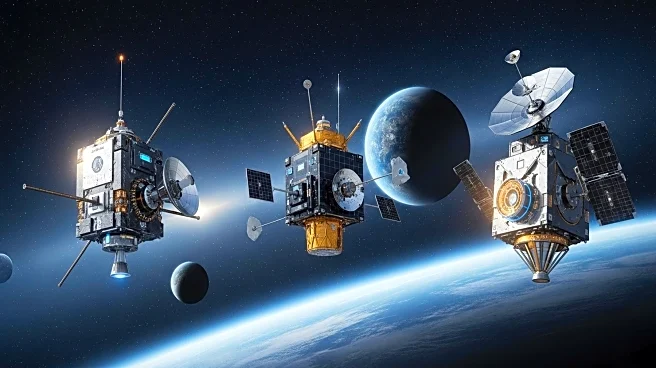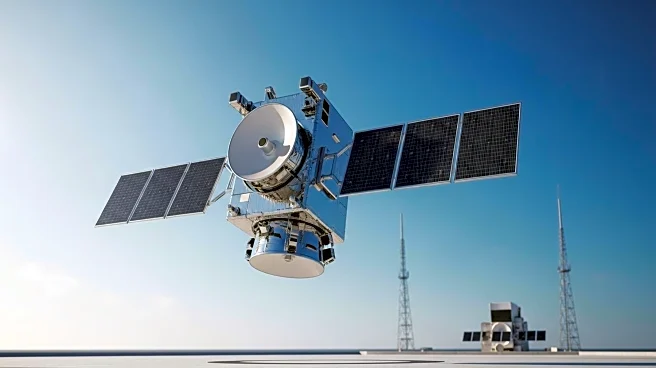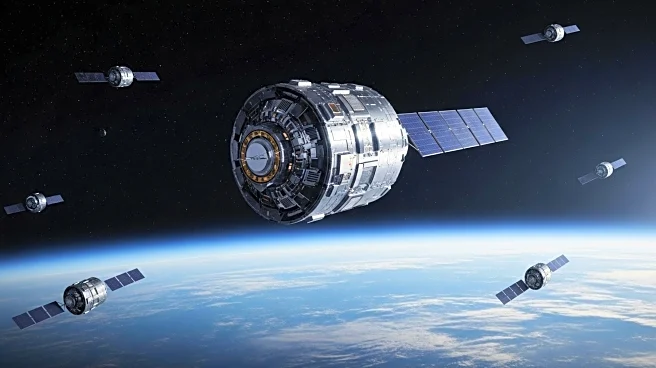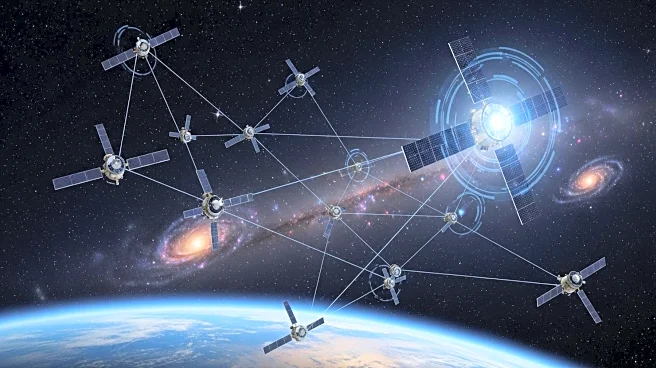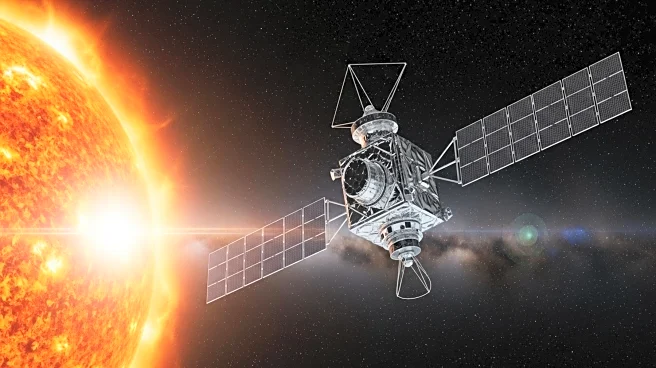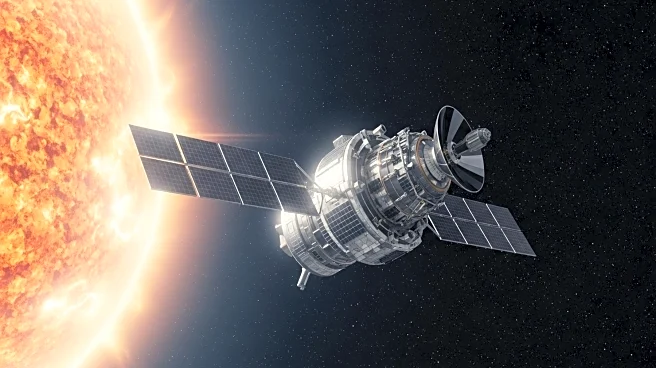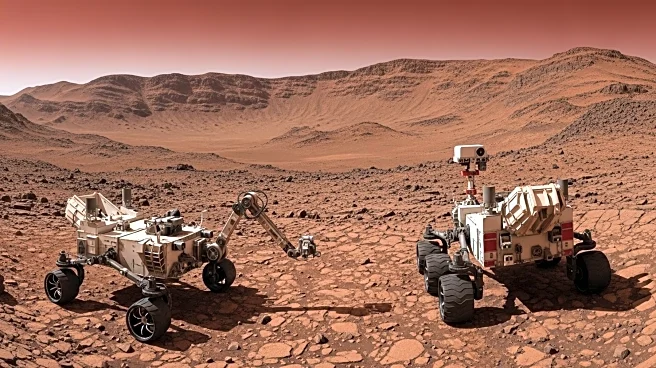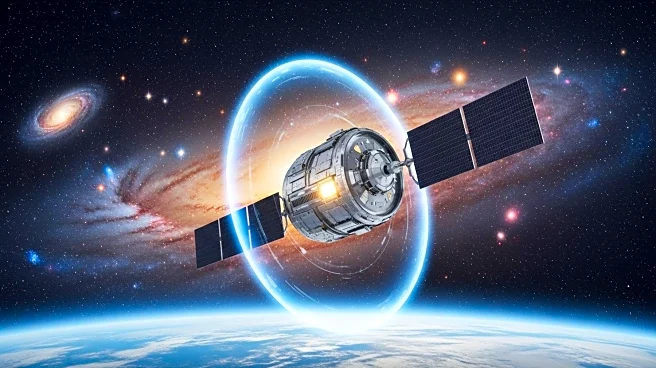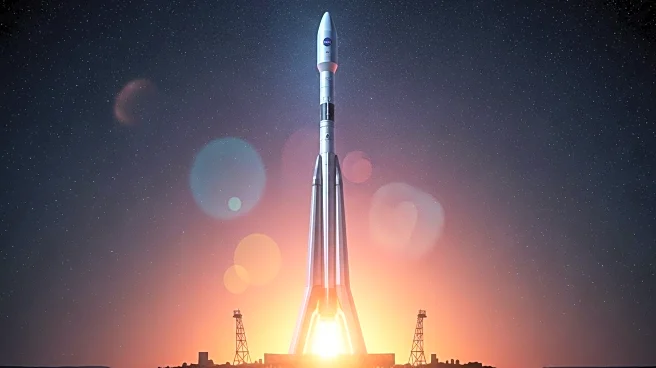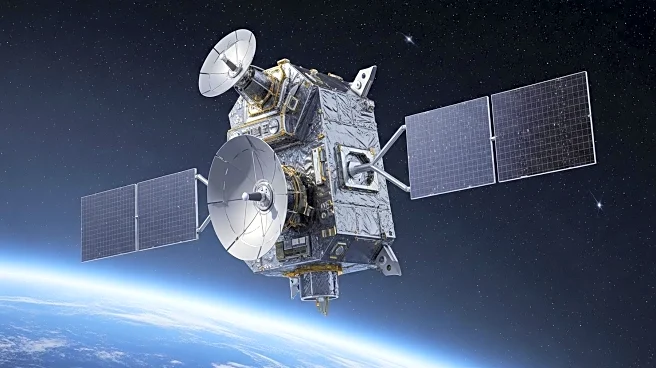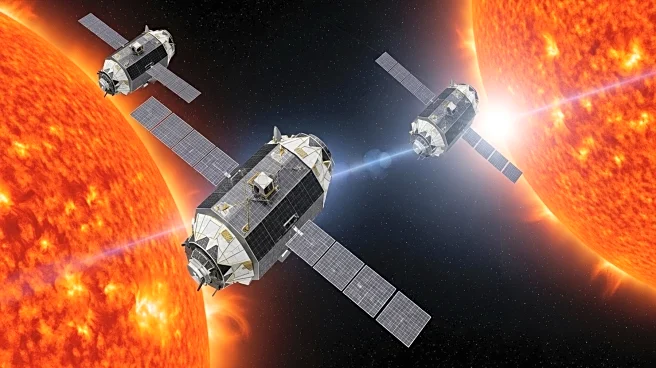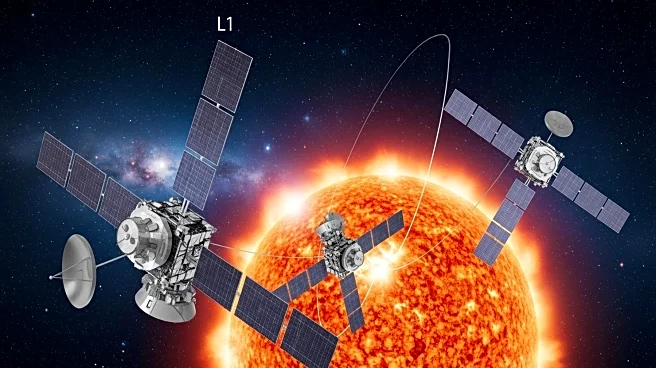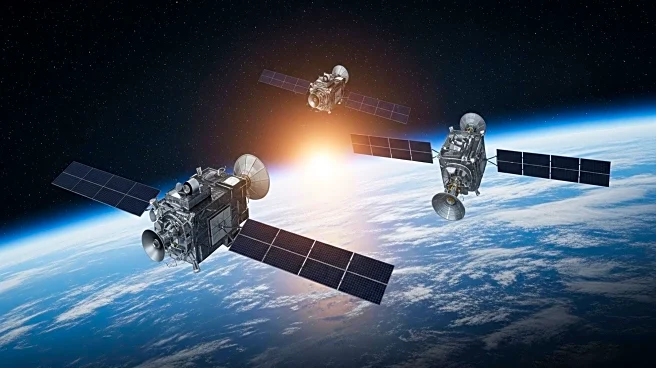What is the story about?
What's Happening?
SpaceX is set to launch NASA's Interstellar Mapping and Acceleration Probe (IMAP) along with two other space weather probes on September 23. The Falcon 9 rocket will lift off from NASA's Kennedy Space Center in Florida, carrying IMAP, the Carruthers Geocorona Observatory (CGO), and the Space Weather Follow-on (SWFO-L1) spacecraft. These missions aim to study the sun's influence on the solar system, space weather, and cosmic radiation. The spacecraft will be deployed into interplanetary transfer orbit and will operate at the Earth-sun Lagrange Point-1 (L1), a stable gravitational spot 930,000 miles from Earth.
Why It's Important?
The launch of these probes is crucial for enhancing our understanding of space weather and its impacts on Earth. IMAP will provide insights into how solar energy interacts with the heliosphere, potentially improving predictions of cosmic radiation effects on human and robotic explorers. The CGO will study Earth's exosphere, while SWFO-L1 will serve as an early warning system for solar storms, helping protect critical infrastructure and technology-dependent industries. This mission underscores the importance of monitoring space weather to safeguard technological systems and infrastructure.
What's Next?
Following the launch, the spacecraft will travel to L1 to begin their scientific missions. The data collected will contribute to ongoing research and may lead to improved forecasting models for space weather events. Stakeholders, including NASA and NOAA, will analyze the findings to enhance protective measures for Earth's infrastructure against disruptive space weather.
AI Generated Content
Do you find this article useful?
